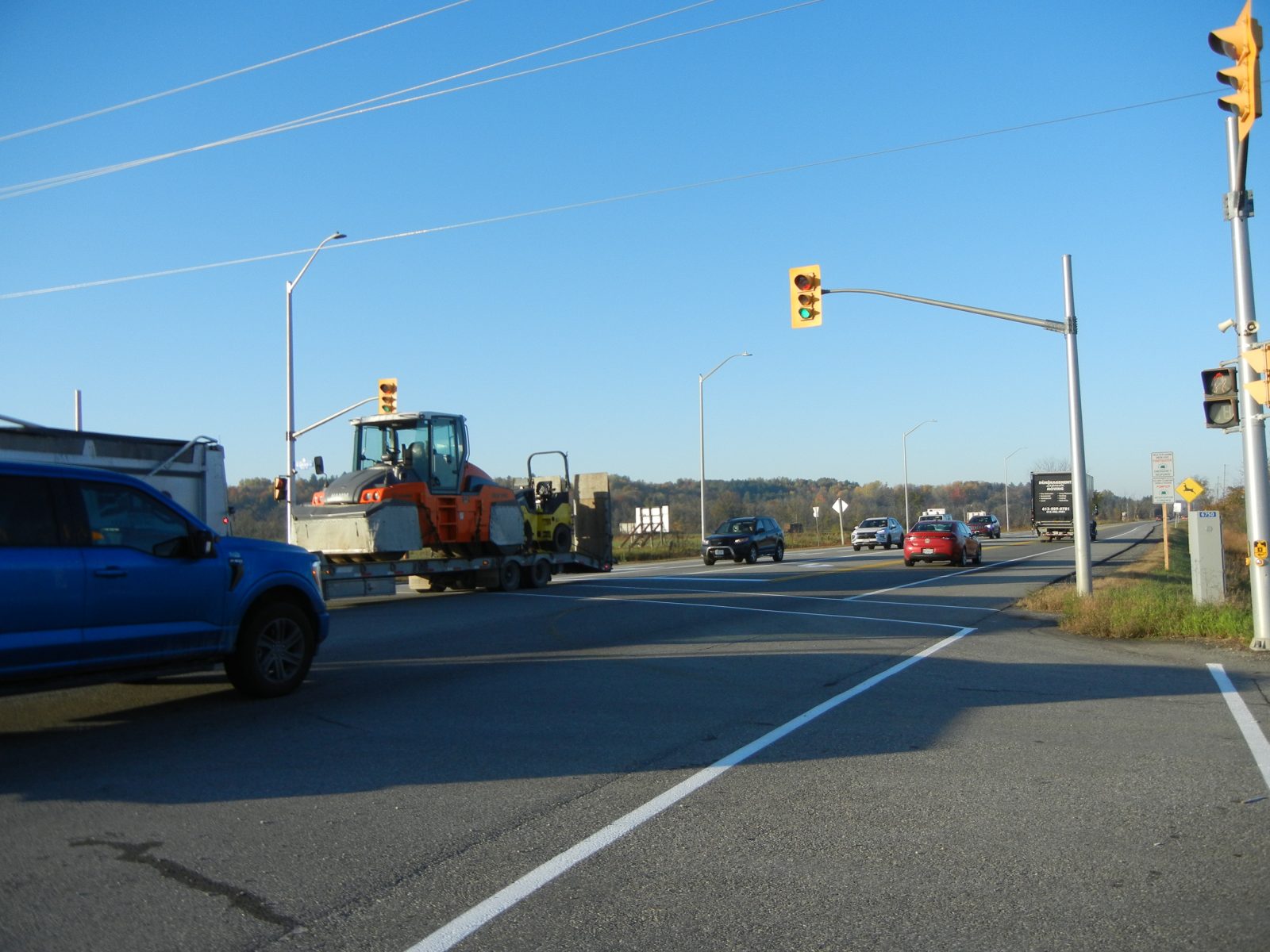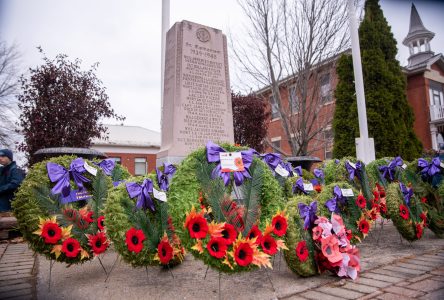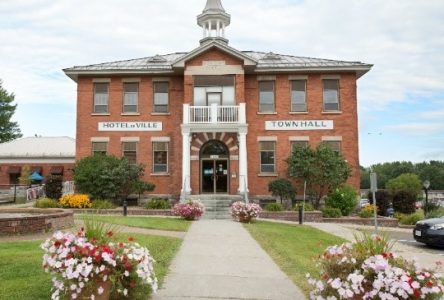During their regular meeting on March 23, Clarence-Rockland Council approved the terms of reference for the Highway 17/174 Internal Working Committee (IWC), which were discussed in the Committee of the Whole Meeting on March 7. The Highway IWC was formed in November 2021 and will represent Clarence-Rockland in any initiatives or projects surrounding transportation between Ottawa and Clarence-Rockland, including Highway 174/County Road 17.
The City of Clarence-Rockland has wanted to address congestion on the 17/174 for many years. Travel between the two cities is difficult, which Clarence-Rockland officials say is a major obstacle to economic development in the municipality. A Municipal Class Environmental Assessment was completed in 2017 that showed widening the highway to four lanes is the preferred solution to this problem, but the project was estimated at a total cost of $250 million as of 2015.
Care of the roadway was downloaded from the province to the City of Ottawa and the United Counties of Prescott and Russell (UCPR) in 1998. Both Ottawa and the UCPR must agree on a plan before action can be taken but neither local government believe that improving the 17/174 is warranted in the foreseeable future.
Councillor Andre Lalonde mentioned this during the committee of the whole meeting, saying that that the City has concentrated its efforts on widening the highway for 25 years now, which hasn’t worked. However, with the appointment of Dave Darch to the IWC, Lalonde is hopeful that alternative solutions to the congestion will be found. Clarence-Rockland is growing southward, so alternate routes other than the 17/174 will soon be necessary.
Despite this, there is merit in identifying Clarence-Rockland’s long-term needs when it comes to County Road 17 and ensuring these needs are taken into consideration. Council also approved a recommendation to use $100,000 from the tax stabilization reserve to fund the committee.
The report outlines several examples of activities the money will be used to fund, such as qualitative and quantitative assessments to see whether economic development opportunities in Clarence-Rockland are compromised by the congestion on the highways. Objective, quantifiable data will be necessary to prove Clarence-Rockland’s need for a widened highway if funding opportunities become available.



